Promoting the Profession
Dennis Strenk, PA (ASCP) has been a pathologists' assistant for 17 years. For the past two-and-a-half years, he's worked at Wisconsin Diagnostic...
8 min read
Valerie A. Fitzhugh, MD Thursday March 03, 2022
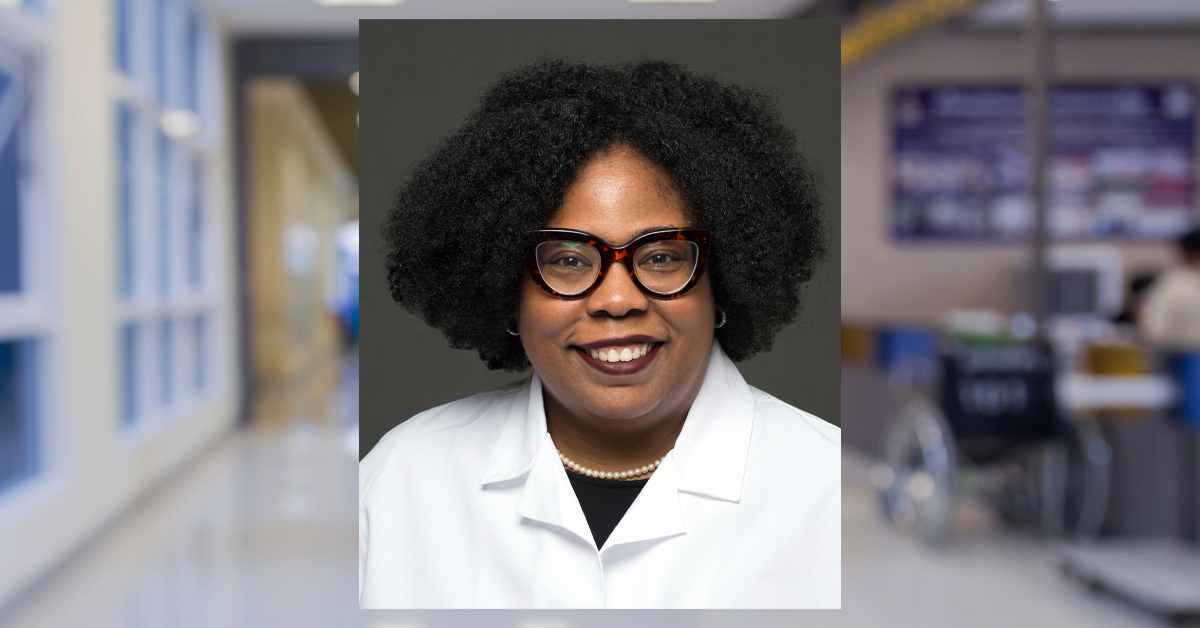
Voicebrook is honored to feature guest blogger Valerie A. Fitzhugh, MD.
Dr. Fitzhugh is Associate Professor and joint Chair of the Department of Pathology, Immunology and Laboratory Medicine at Rutgers New Jersey Medical School, and the Department of Pathology and Laboratory Medicine at Rutgers Robert Wood Johnson Medical School.
I scrambled into pathology in 2004 and in the beginning, I didn’t give much thought to my future in the specialty. I felt lucky to have a job. I was young and somewhat carefree. All I knew was that I wanted to finish my residency, maybe do a fellowship, and get a job. I figured I would get some use out of the MD I had earned. After a year in Albany, I moved back home and returned to New Jersey Medical School, and the rest, you could say, was history.
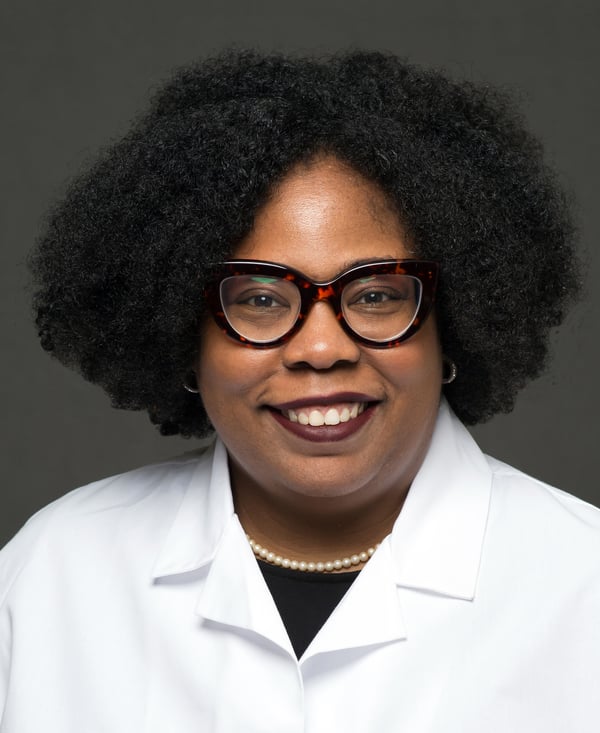
Image courtesy of Dr. Valerie A. Fitzhugh
As a third-year resident, I began to be more thoughtful about what I wanted to do with my career in pathology. I was certain that I wanted to go into academic pathology; I loved teaching and I loved writing manuscripts. Research was fun! To think that I could do all this and still be able to help patients was exciting to me. In the spring of my third year, I went to my first USCAP meeting, and I was so excited to finally see what academic pathology was all about. As I talked to people I knew and met new people, I noticed that there weren’t many pathologists, attendings or residents, who looked like me. That gave me pause. It was probably the first time I noticed this since I started my residency. In my training, until my fourth year, there was always another Black woman in my program (but never a Black man). There were also Black residents when I was a fellow in Manhattan; they were also women.
When I came back to New Jersey Medical School as a faculty member a couple of years after that first USCAP experience, I was the only Black person on the faculty. In fact, I was the only true Black academic pathologist in the entire state. After a few years, as I wrote more, did more research, and taught, in addition to my patient care responsibilities of course, it became more and more glaringly obvious that there were not many Black pathologists, never mind Black leaders in our field. I had decided that I wanted to be a chair someday but did not know where to begin. I knew it would be important to have some leadership position to be considered for a chair position down the line.
At one point, a section directorship in the laboratory arose. I thought this would be a perfect opportunity to finally develop leadership expertise. Instead of being given the opportunity to try, I was told I was too immature for the role, and the position was given to someone who was not as well-known to the department. I was disappointed as I was the only mid-level-to-senior member of the department who was not trusted to lead a section of the lab. Despite this, I continued on, hoping that a leadership opportunity would eventually come my way.
During this time, I was flourishing in other areas within the medical school. I was a member of several committees, including the chair of the curriculum committee. I became a director of the musculoskeletal and integumentary systems course, a course for M1 students where they learn about skin and musculoskeletal diseases and anatomy. I began to lecture outside the school around topics of bone and soft tissue pathology and cytopathology. I established my presence in social media, delivering pathology content and discussing various issues in pathology, health care, and society. My life outside of my department was blossoming in every way. However, my life within my department was not. As opportunities continued to pass me by, I began to wonder if I would ever eventually reach my goal of being an academic chair; after all, if you are not in a leadership position, the opportunity to be considered for chair positions is nearly non-existent. I began to wonder if the many perceptions and stereotypes spread about Black women were beginning to affect my chances of getting to where I wanted to be.
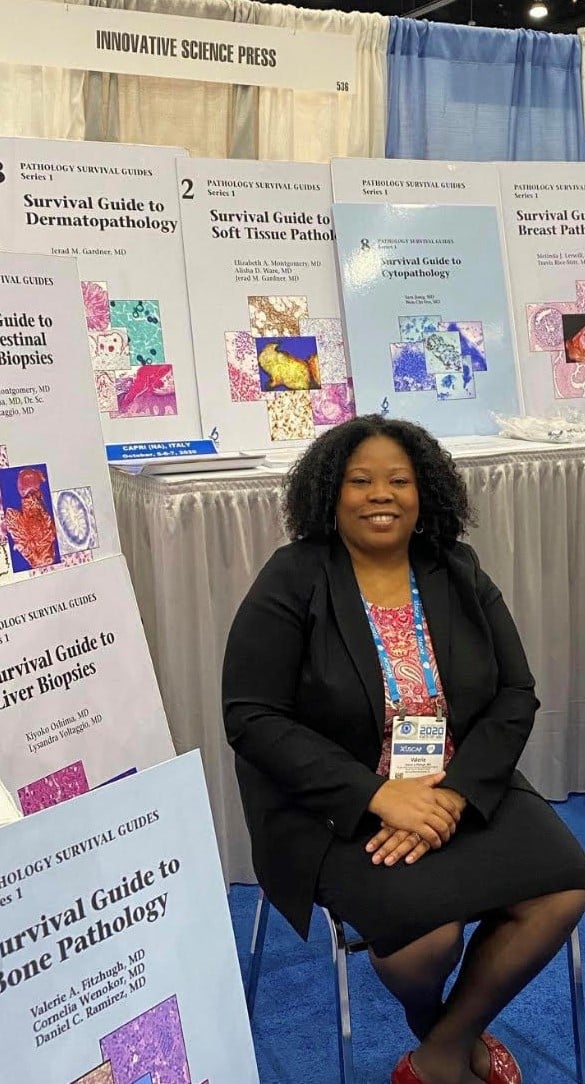 At the USCAP 2020 Annual Meeting. Image courtesy of Dr. Valerie A. Fitzhugh
At the USCAP 2020 Annual Meeting. Image courtesy of Dr. Valerie A. Fitzhugh
In December 2018, I was summoned to my former chair’s office; he asked me if I had leadership goals, and I shared those with him. He said he was concerned that after nearly 10 years in practice, that I had never held a leadership position, and it was time. I wondered what this position would be, and how I could prove that I had the ability to be considered as a leader. I recognized that this was my time to shine. I got excited as I thought about which section in the University Hospital I would finally be allowed to lead. I was then told the position was a medical director position at an affiliate hospital. My heart was hurt. I didn’t understand. My only words were, “You’re trying to get rid of me.” I couldn’t look my chair in the face. My chair was able to frame it in a way I could not -- an opportunity rather than banishment. He made me understand that I had not gotten a leadership opportunity where I was and that this was my opportunity to succeed or fail on my own merit. I told him I would think about it.
I decided to say yes to the position. One thing was for sure; I was tired of being alone. I was tired of being an "only." This new responsibility did not cure any of that. Now, I was even more only; the only Black medical director in the healthcare system. I decided that nothing was going get in my way to prove that I was entirely capable of being entrusted with the great responsibility of overseeing this lab. There were positive parts of this experience to be sure; I was able to finally work with my first Black male colleague as an attending. He has since left the institution, but he was a trusted colleague and someone I am able to count as a friend. I also got to work with a number of important people in our healthcare system, resulting in mine being a name that people got to know and trust. Were there struggles? Absolutely! But I was committed to giving my all to ensure that people in the hospital could trust me and that I would work hard for the patients.
Six months after I began in this position, I started to hear rumors that my chair was going to resign. I was mortified. He helped me to finally realize the beginning of my leadership goals. He knew I was capable. And he would soon be gone. I asked for a meeting with him to discuss a faculty issue at my affiliate site, but my first question was not about what to do about this faculty member, but rather, was he leaving? He confirmed. I felt a pit in my stomach. What would happen to me now? His next question floored me. He asked if I wanted to be put up for consideration for the interim chair position. After I stopped laughing (seriously, I had not been considered for any leadership in the academic department before, why now?) I told him to put me on the list. I did not think I was a serious contender.
Imagine my surprise in early December 2019, after going through the interview process, that I learned that I would indeed be interim chair of the joint departments. I remember calling my husband after finding out and shrieking, and then not being able to tell anyone until the Dean did (which happened on Christmas Eve!). In that single moment, my entire career trajectory changed. By this time, I was deeply cognizant of the dearth of Black representation in pathology, and moreover in pathology leadership. As I learned more and more, I realized that the numbers of Black pathologists, both in academic pathology and pathology as a whole, were very small. When I started to research Black women chairs in academic pathology, I could only find two. The second, Dr. Patricia Thomas, had passed away several years before, but certainly left her legacy before she died. The first, Dr. Vivian Pinn, continues to be a light in the pathology world and in research.
I decided to shoot my shot and reach out to Dr. Pinn after my position had been announced. Having now been only the third Black woman to serve as an academic chair in pathology, I figured a little advice would go a long way. Dr. Pinn has become an incredible mentor and friend to me. It’s women like Dr. Pinn and Dr. Thomas who paved the way for women like me to achieve; to do more; to be more. I have been so grateful for all the emails, phone conversations, and virtual meetings I have had the opportunity to engage in with Dr. Pinn. It’s nice to be able to share with and learn from someone who has been there!
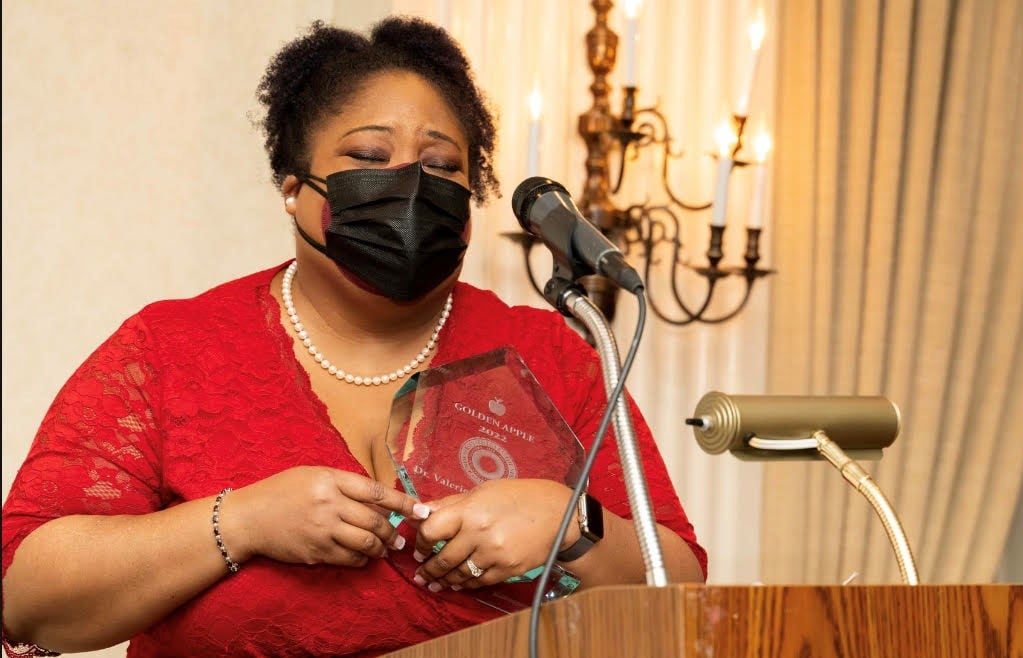 Dr. Fitzhugh accepts the Golden Apple Teaching Award from Rutgers New Jersey Medical School. Image courtesy of Dr. Valerie A. Fitzhugh.
Dr. Fitzhugh accepts the Golden Apple Teaching Award from Rutgers New Jersey Medical School. Image courtesy of Dr. Valerie A. Fitzhugh.
Was it easy being interim chair? Nope. I started my service just a couple of weeks before COVID-19 ravaged New Jersey in the first wave. COVID tests were on allocation from the federal government; there were supply chain issues with everything from swabs to viral transport media. It was a difficult time, but we all hunkered down, and we made it work, both in our academic labs and in our affiliate sites. It was not easy, but we persevered. When the advertisement for the permanent chair position went out just four months into my service, I decided to go for it. Why not? In my mind, I had to shoot my shot one more time. I figured what’s the worst that could happen? They’d say no. I would still have this experience for the rest of my life, and no one could take that away from me.
I sent in my application, and I was pleased when I found out I got a first-round interview. The way I thought of this was pretty simple -- no one knows these departments better than me. I know the operations. I know the directors. I had learned a ton, and it was time for me to not only show what I learned, but also what I believed I could do going forward. Yes, I had to fight my demons. I had to fight the thought of only being considered because searches are expected to be diverse. I knew that I was in this position despite being Black, not because of it, and I was going to prove to everyone that I knew what I was doing.
I prepped hard for that first interview; once it was over, I sat back and waited. Other institutions were courting me for their chair searches (I learned that you become popular in the academic pathology chair world once you get to this level and it opens a lot of other doors). I did interview in other places and was even a finalist in another search, but it turned out that home was ultimately where I was meant to be. I went through the second round where I interviewed with a number of people and gave a seminar. When I learned I was a finalist I was awash with emotions. I was in striking distance of accomplishing this major goal. If you could have been a fly on the wall to see the tears I shed the day I found out I was going to be chair, it might have made you as emotional as I was. Three weeks ago, I was formally announced, and I still can hardly believe it. It is not lost on me that this happened during Black History Month. After all, being only the third Black woman to chair an academic pathology department and being the first to chair two departments at the same time is historic. To do it at my relatively young age is historic. I was never concerned about making history; that wasn’t what I got into medicine for. What is difficult for me to grasp, however, is that a hire such as mine is still historic. Will there ever be a time when someone like me being hired is commonplace, rather than a historic moment?
So why have I spilled so much for others to read? Pathology as a specialty has a long way to go in the diversity, equity, and inclusion space. The numbers of pathologists underrepresented in medicine continues to be low, although we are seeing improvement in the recruitment of pathologists who identify as Hispanic at the resident level, which will eventually translate to the faculty level. Pathology organizations and medical schools have begun to form diversity, equity, and inclusion committees to address various diversity-related issues in their organizations and in the specialty. Pathologists are seriously looking at the pipeline to determine why we are having such difficulty recruiting talented medical students, particularly those who are underrepresented in medicine. This is all a good start.
I think it is important to understand that most of us as pathologists are not experts in diversity, equity, and inclusion. Thus, we can all benefit from education in the DE&I space so that we might go forward and be effective ambassadors to diversify our field. I look forward to a time when I am not a unicorn and more people who look like me are representative of our incredible field. I look forward to a time when being Black in pathology leadership is not so lonely.

Thank you to Dr. Valerie A. Fitzhugh for authoring this guest blog post for us!
Follow Dr. Fitzhugh on Twitter @DrFNA.
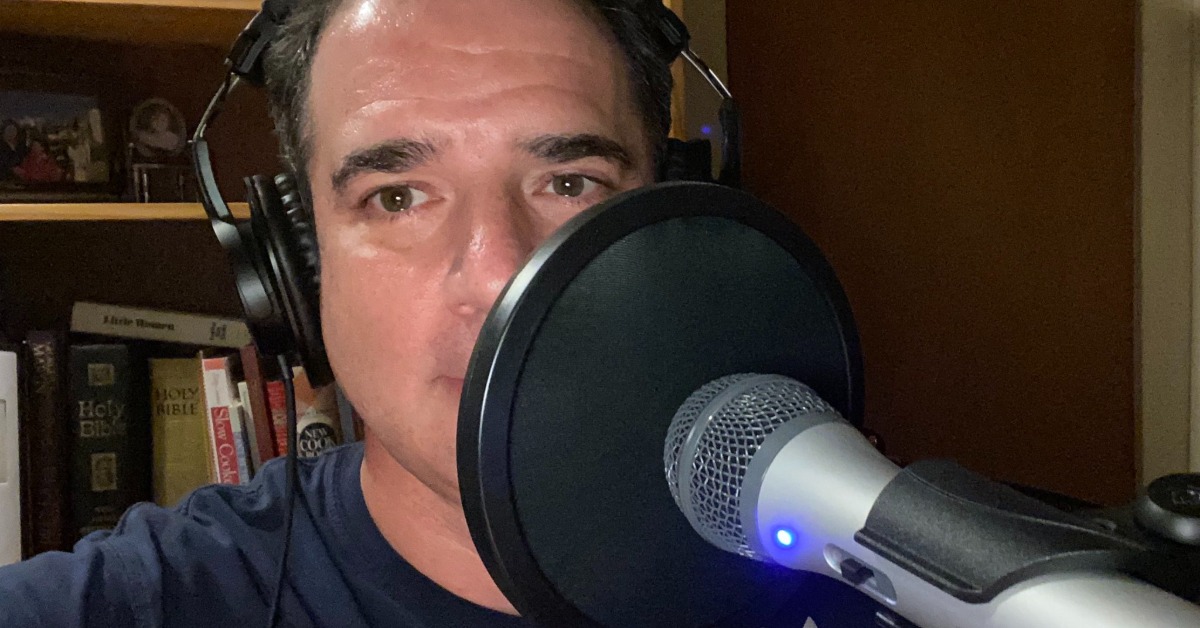
Dennis Strenk, PA (ASCP) has been a pathologists' assistant for 17 years. For the past two-and-a-half years, he's worked at Wisconsin Diagnostic...

Dr. Michael Williams is a neuropathology fellow at the University of Alabama-Birmingham and a founding member of the Society of Black Pathologists....
.jpg)
According to the Association of American Medical Colleges (AAMC), just over fifty percent of medical school students are women. But look closer, and...